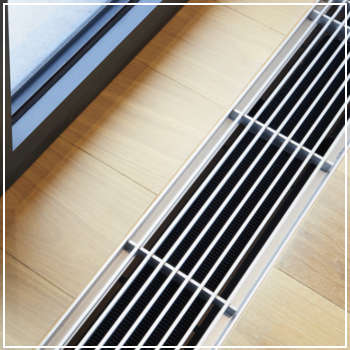Are Your Ducts Losing Heat?
 Winters in New England can be brutally cold. While we all want our homes to be toasty warm after a long day at work, that is not always the case. Especially in older homes, duct leaks are a common concern related to insufficient heating.
Winters in New England can be brutally cold. While we all want our homes to be toasty warm after a long day at work, that is not always the case. Especially in older homes, duct leaks are a common concern related to insufficient heating.
According to Energy Star, about 20 to 30 percent of air from the duct system is lost due to leaks and holes. What can you do if poor ductwork is leading to heat loss?
How Duct Systems Work
Ductwork is a network of tubes – connected through the walls, floors and ceilings – that transfers heat to different rooms in a house. When working properly, heated air is distributed evenly and efficiently to areas of your home.
Heat loss due to duct leaks, blockages and faulty connections to the furnace is wasted energy you likely cannot afford in the winter months.
How to Seal and Insulate Ducts
To prevent the aforementioned heat loss, seal and insulate your ductwork. Have a professional inspect the tubes and connection to your heat source to determine what repairs need to be done. Depending on the amount of damage, we may recommend:
- Using mastic or foil tape to seal leaks. It is more durable than duct tape.
- Adding more insulation to uninsulated areas, like crawlspaces.
- Installing an additional duct to provide more airflow to a large room.
- An HVAC zoning system if hot air needs to be more concentrated in certain areas.
We also advise that you do not block the vents in any room. Placing furniture or area rugs over heat registers does not allow for maximum air circulation. It also poses a fire hazard.
When rooms in your home are freezing cold or too stuffy in the wintertime, you may have a duct leak. Rather than taking the sealing process on as a DIY project, contact the experts at M.J. Fahy & Sons to insulate your ductwork today.




